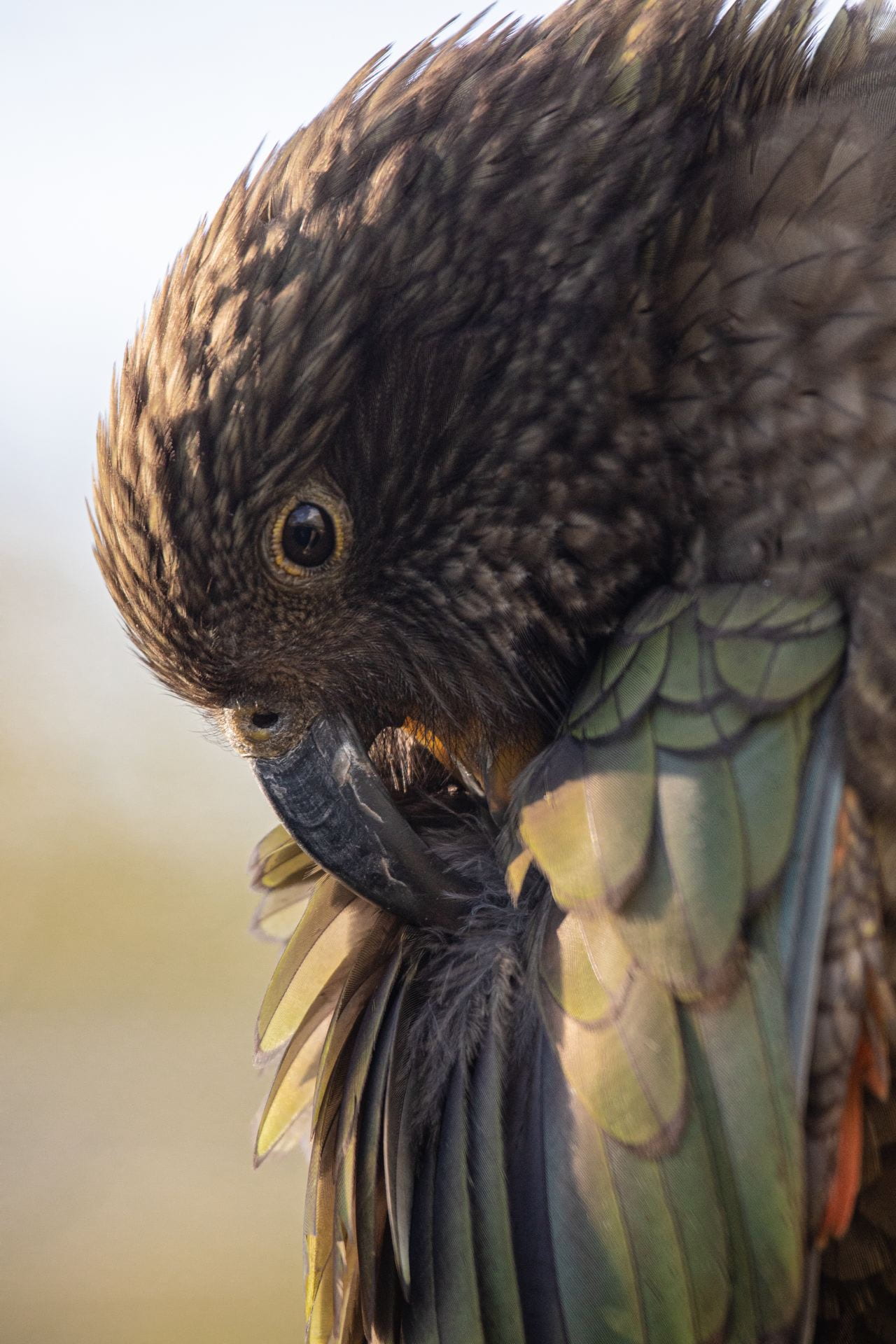About Us
The Kea Lab is located in Willowbank Wildlife Reserve in Christchurch, in New Zealand’s South Island. Kea (Nestor notabilis) are the world’s only alpine parrots, and recent research suggests that they have sophisticated social and physical intelligence. We work with a captive population of individuals in a large outdoor aviary resembling their natural environment. We are interested in play and problem solving abilities in kea.
Although much of our work focuses on evolutionary and comparative psychology, much of it is relevant to kea conservation in the wild. Kea are endangered in the wild, and this is in part due to their curiosity, which results in deaths from lead poisoning and intake of other toxic substances, such as chocolate.
We hope to aid in the conservation of this species, by improving our understanding of how kea think. For information on how you can help with kea conservation, visit the Kea Conservation Trust website.
Further information on some of our current research can be found on our The Warbling Kea Project website and the Animal Minds YouTube channel.
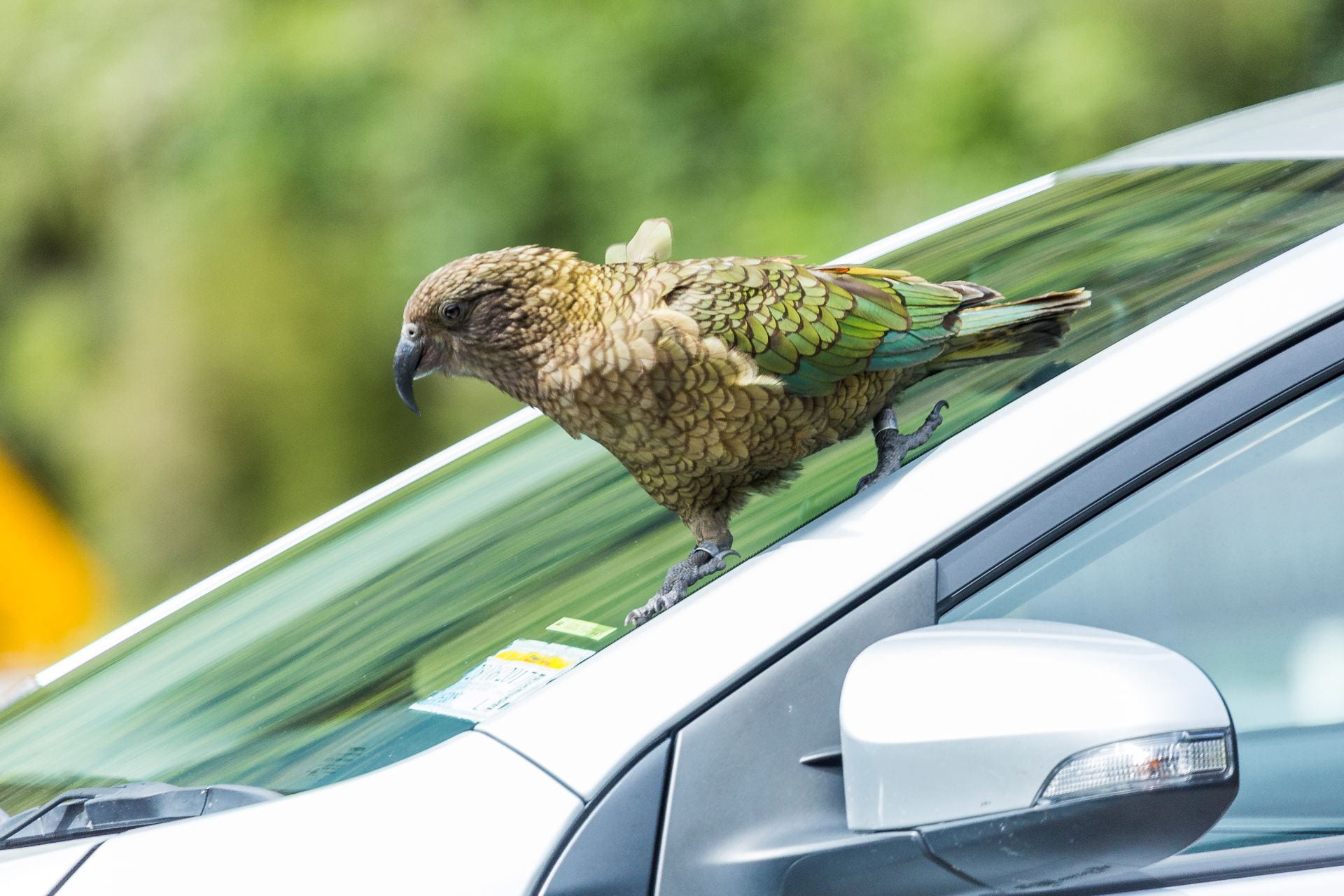
Opportunities
Our Team
There are many opportunities to volunteer with us at the aviary, even if you have no scientific background. Voluteering involves working up close with the kea, by training, playing with, and feeding the birds. If this is something you might be interested in, please contact us by filling in this form. The Kea Lab also offers research opportunities for masters and PhD students. If you are interested in our research at the Kea Lab please contact Dr Alex Taylor.
Media
See this video of our work with the kea featured on TVNZ 1:
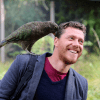
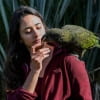
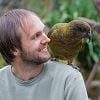

Dr Alex Taylor
Director | Associate Professor
alexander.taylor@auckland.ac.nz
Amalia Bastos
PhD Candidate
a.bastos@auckland.ac.nz
Patrick Wood
Field Site Technician
patrick.wood@auckland.ac.nz
Ximena Nelson
Collaborator | Associate Professor
University of Canterbury
ximena.nelson@canterbury.ac.nz
Our recent work with kea has featured in national and international news articles, including:
- Australian Geographic, 11 September 2021: Meet Bruce, the disabled kea who practices ‘self care’
- The Guardian, 10 September 2021: ‘He has adapted’: Bruce the disabled New Zealand parrot uses tools for preening
- The New York Times, 10 September 2021: Bruce Is a Parrot With a Broken Beak. So He Invented a Tool.
- BBC Two, Chris Packham’s Animal Einsteins, 21 February 2021: Masterminds
- TVNZ1 Sunday, 05 April 2020: Kea, Kaitiaki
- The Guardian, 03 March 2020: Study finds parrots weigh up probabilities to make decisions
- Forbes, 03 March 2020: Parrots Make Predictions Based On Statistical Probabilities
- The Times, 03 March 2020: Parrots understand probability
- TVNZ1 News at 6pm, 03 March 2020: Kea much smarter than originally thought, dubbed ‘world leaders’ in bird world
- The Conversation, 03 March 2020: Polly knows probability: this parrot can predict the chances of something happening
- New Zealand Geographic, May/June 2018, Issue 501: Birds of play
- NZ Herald, 27 September 2017: Study tests quirky theory for kea curiosity
- Stuff.co.nz, 21 March 2017: Kea are smarter and more playful than previously thought, research shows
- NZ Herald, 15 March 2017: What makes our cheeky kea tick?
- Newshub, 21 February 2017: Kea show smarts like chimps, elephants and children
- NZ Herald, 15 November 2015: Intelligence tests being done on the kea
For media related enquiries, please contact Dr Alex Taylor.
Publications
Below is a list of our most recent publications:
Bastos, A. P. M., Wood, P. M., Taylor, A. H. (in press) Are parrots naïve realists? Kea behave as if the real and virtual worlds are continuous. Biology Letters.
Bastos, A. P. M., Horváth, K., Webb, J., Wood, P. M., & Taylor, A. H. (2021) Self-care tooling innovation in a disabled kea (Nestor notabilis). Scientific Reports 11, 18035. DOI:10.1038/s41598-021-97086-w
Bastos, A. P. M., Wood, P. M., Taylor, A. H. (2021) Kea (Nestor notabilis) fail a loose-string connectivity task. Scientific Reports 11, 15492. DOI: 10.1038/s41598-021-94879-x
Bastos, A. P. M. & Taylor, A. H. (2020). Kea show three signatures of domain-general statistical inference. Nature Communications 11, 828. DOI: 10.1038/s41467-020-14695-1
Bastos, A. P. M. & Taylor, A. H. (2019). Kea (Nestor notabilis) represent object trajectory and identity. Scientific Reports 9, 19759. DOI: 10.1038/s41598-019-56380-4
Heaney, M., Bastos, A. P. M., Gray, R. D., & Taylor, A. H. (2019). Are kea prosocial? Ethology, 126(2), 175–183. DOI: 10.1111/eth.12944
Heaney, M., Gray, R. D., & Taylor, A. H. (2017). Kea show no evidence of inequity aversion. Royal Society Open Science, 4(3). DOI: 10.1098/rsos.160461
Heaney, M., Gray, R. D., & Taylor, A. H. (2017). Keas perform similarly to chimpanzees and elephants when solving collaborative tasks. PLOS ONE, 12(2). DOI: 10.1371/journal.pone.0169799
Lambert, M. L., Schiestl, M., Schwing, R., Taylor, A. H., Gajdon, G. K., Slocombe, K. E., & Seed, A. M. (2017). Function and flexibility of object exploration in kea and New Caledonian crows. Royal Society Open Science, 4(9)10.1098/rsos.170652
